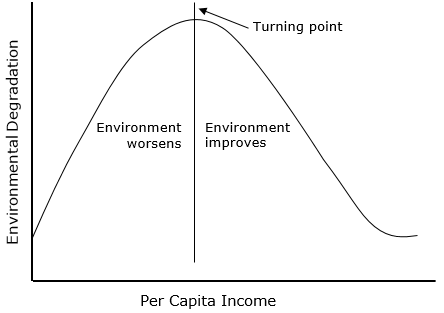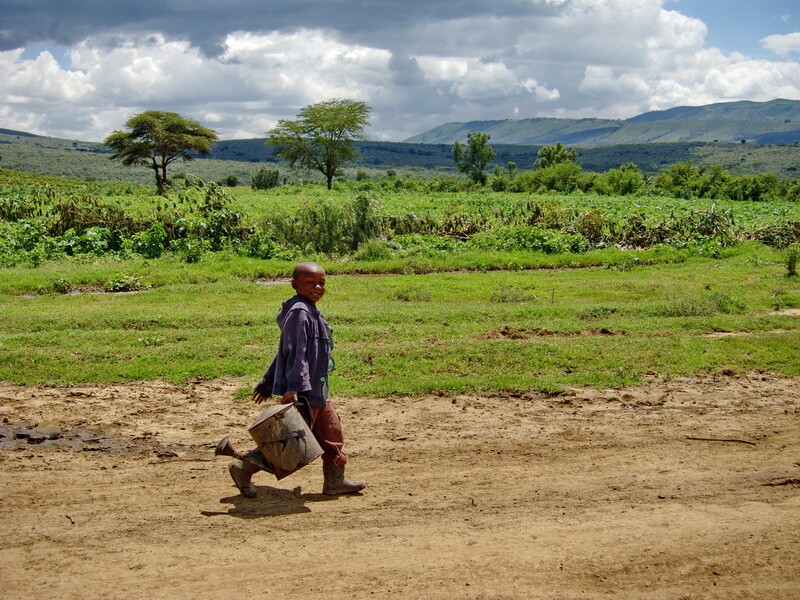Written by Philip Deweyi
Changes in power structures and economic boundaries are creating a more decentralized and interconnected world. Africa is the epitome of this transformation. Home to the world’s youngest population, the continent, albeit full of opportunity, is failing to achieve its full potential and has trouble guaranteeing promising prospects for its future generations. In this scenario, the question facing African nations is whether ‘growth’ is to be preferred or ‘development’. If development is the objective, as proven with the current Sustainable Development Goals and agenda 2030, we now have to question; is Africa on the right path to ensure sustainable development?
The First Hurdle: Does GDP Reflect Development?
GDP first came into use in 1937 in a report to the U.S. Congress, in response to the Great Depression after Russian economist Simon Kuznets conceived of this system of measurement. While it has now become the primary measure of a country’s economic well-being, a closer look makes it clear that GDP is intended to primarily measure growth and not development.
Nicholas Oulton, a Senior Visiting Research Fellow at the Centre for Economic Performance, London School of Economics, suggests that GDP accounts for development. It holds the component for human welfare; which is measured primarily based on consumption. Consumption is the volume of goods and services available to the average individual, hence contributing to an acceptable measurement of welfare. Although to a very limited degree this argument might hold some weight, according to the Commission on the Measurement of Economic Performance (chaired by Amartya Sen and Joseph Stiglitz) wellbeing and welfare has many dimensions, including material living standards, health, education, political voice, social relationships and the environment. Increasingly, all around the world, GDP measurement is being called out for its inability to capture well-being. Thus, Africa must pay attention, and extensively draw a distinction between the primary measure of consumption, and the measure of accessibility and availability human welfare.
The Second Hurdle: Wrong Economic Models
In an attempt to demonstrate progress and attract foreign investment, many developing African countries – Cameroon, Chad, Malawi, Niger and more – underline their economic development policies according to what is known as the EKC (Environmental Kuznets Curve) hypothesis theory. It is essential to understand this theory because it is at the heart of the failure of African development.
In simple terms, this theory concentrates on gaining double-digit income growth with little concern for the environmental capital. It suggests that during the initial period of economic development where the per capita income is low, deterioration of environmental quality as a result of rapid industrialization and urbanization is inevitable. Society must accept a given degree of environmental damage arising from income-generating activities because large-scale income growth is essential for achieving other development goals, such as generation of mass employment and poverty reduction. Once the per capita income reaches a higher level, the trade-off between income growth and environmental quality will cease to exist. With increased financial and technological capabilities in the economy, governments can restore the lost environmental quality to the desired levels. Therefore, income growth on a higher path brings a win-win outcome in the long run, where poverty is reduced and environmental quality is improved.

The Environmental Kuznets Curve (EKC). Source|CC BY 3.0
For instance, in Uganda, where income inequality is high, industrialization has become the go-to option to create jobs for the masses and improve the standards of living. This results in environmental deterioration since industrialization causes increased deforestation, swamp drainage, pollution, etc. The EKC suggests that once there is an increase in the standards of living, populations will pay more taxes to their governments. This, in turn, will give the government the financial capability to mitigate the effects of industrialization. However, will this mitigation, after possibly decades of environmental exploitation, do any good?
In reality, the EKC theory is a merely a myth. A paper published in the International Journal of Environment and Pollution Research studies 33 countries in the continent and reveals that the attempts to increase per capita income results in more environmental deterioration, even in the long-run. Blindly running after growth simply breeds environmental destruction, to the point of no return.
What Can Be Done?
A huge proportion of the population in Africa is part of the micro sector, that is dependent on the environment for day-to-day activities. Greater focus on improving environmental quality will push this sector’s income up on a sustainable basis. With proper environmental regulation and guidelines that result in the increased application of eco-friendly technologies, it is possible to have industrialization co-exist with a good environmental capital base. The Nordic countries would serve as great examples. A higher emphasis on the development of effective education systems would also serve countries well; education can influence consumer behavior and preferences for a cleaner environment.
With global discourse and innovation focused on sustainable development, Africa must actively listen and take part. The world’s most diverse landmass must dispel the age-old, western notion that GDP is reliable to inform and measure sustainable economic development. At the same time, smarter and more sustainable economic models and policies must be developed to take the right advantage of the abundant natural resources. Africa is home to the largest proportion of the world’s children; we must do better to make the continent realize its potential. We must do better for a brighter tomorrow.
Featured image courtesy Lydur Skulason|CC BY 2.0






